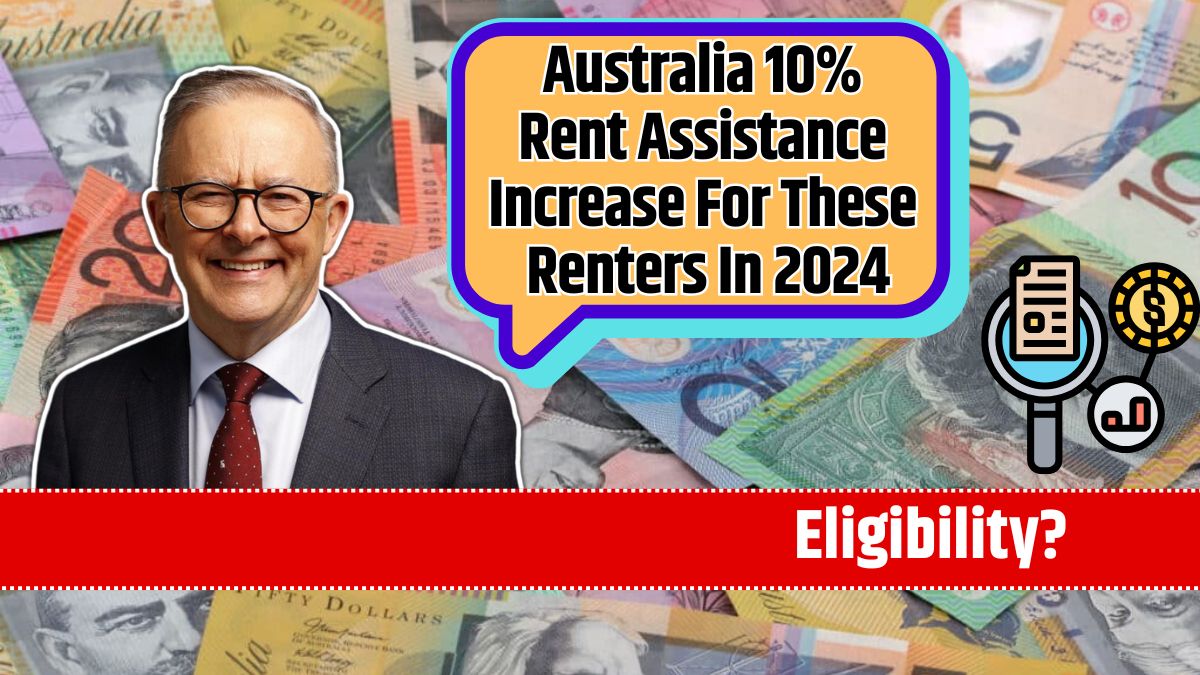Old Age Security (OAS) is a cornerstone of Canada’s retirement system, offering financial support to seniors. For many, maximizing these benefits is essential to maintaining a stable and secure retirement.
Whether you’re nearing eligibility or already receiving OAS, this guide outlines strategies to optimize your payments in 2025 through deferrals, income management, and tax planning.
Understanding OAS
OAS is a federally funded program providing monthly payments to Canadians aged 65 and older who meet residency requirements. Unlike the Canada Pension Plan (CPP), OAS is not tied to employment contributions but is funded through general tax revenues.
Key facts about OAS:
- Full OAS: Requires 40 years of Canadian residency after turning 18.
- Clawback Threshold: Begins at $87,397 (2024 figure), where benefits start to reduce.
- Taxable Income: OAS payments count as taxable income.
Why Maximize OAS Benefits?
Increasing your OAS payments can provide:
- Greater Financial Security: Higher benefits can offset the rising cost of living.
- Reduced Financial Stress: A higher monthly income eases reliance on savings or other income streams.
- Strategic Retirement Planning: Ensures long-term financial stability.
Strategies to Maximize OAS Benefits in 2025
1. Meet Full Eligibility Requirements
To receive the maximum OAS amount, ensure you’ve lived in Canada for at least 40 years after age 18. If you haven’t reached the full residency requirement, your payment will be prorated.
For example:
- 30 years of Canadian residency = 75% of the maximum benefit.
If you’re close to the 40-year mark, consider delaying retirement or returning to Canada to complete the residency requirement for full benefits.
2. Defer OAS Payments
You can delay receiving OAS past age 65 to increase your monthly payments. For every month you defer, your payment increases by 0.6%, up to a maximum of 36% if deferred until age 70.
- Example: A $1,000 monthly OAS payment at 65 becomes $1,360 if deferred to 70.
Deferring OAS is ideal if you:
- Have other income sources between ages 65-70.
- Expect to live longer and want to maximize lifetime benefits.
3. Manage Income to Avoid the OAS Clawback
The OAS Clawback reduces your benefits if your net income exceeds the annual threshold ($87,397 in 2024).
Tips to Minimize the Clawback:
- Income Splitting: Share pension income with your spouse to lower taxable income.
- TFSA Withdrawals: Use a Tax-Free Savings Account for income, as TFSA withdrawals are not taxable.
- RRSP Planning: Withdraw from your RRSP during low-income years or convert it into a Registered Retirement Income Fund (RRIF) strategically.
4. Take Advantage of the Guaranteed Income Supplement (GIS)
GIS provides additional tax-free payments to low-income OAS recipients. Eligibility is determined by income thresholds, which vary based on marital status.
For 2024:
- Single seniors: Up to $1,086.88 per month.
- Married/common-law partners: Up to $654.23 each per month.
Applying for GIS alongside OAS can significantly boost your total retirement income.
5. Plan for Taxes on OAS
Since OAS is taxable, incorporating tax strategies into your financial plan can reduce the amount of taxes you owe.
Tax Tips:
- Claim Tax Credits: Seniors can use credits such as the Age Amount Credit, Pension Income Credit, and Disability Tax Credit to lower taxable income.
- Work with a Financial Advisor: A professional can help manage your income and minimize taxes while ensuring you stay below the clawback threshold.
Current OAS Payments and 2025 Projections
| Year | Maximum Monthly Payment | Annual Payment |
|---|---|---|
| 2024 | $1,235.03 | $14,820.36 |
| 2025 | Adjusted for inflation | Slight increase expected |
OAS payments are adjusted quarterly for inflation, ensuring they keep pace with rising costs.
How Inflation Impacts OAS
Inflation directly affects OAS benefits through quarterly adjustments. However, rising costs for essentials like housing and healthcare often outpace these increases.
Strategies to Combat Inflation:
- Defer OAS: Gain compounded increases in payments.
- Invest in Inflation-Protected Assets: Consider government bonds or inflation-indexed funds.
- Review Budgets Annually: Update retirement budgets to reflect changing costs.
Practical Example: Maximizing OAS
Suppose you are 65 in 2025 and eligible for $1,000/month in OAS payments:
- If Deferred to Age 70: Your payment would increase to $1,360/month (+36%).
- Total Payments Over 20 Years:
- Starting at 65: $240,000.
- Starting at 70: $326,400.
By deferring, you receive $86,400 more over 20 years.
The Role of Professional Guidance
Maximizing OAS requires careful planning. Consulting a financial advisor can:
- Help you avoid the clawback.
- Optimize tax strategies.
- Tailor a plan based on your unique financial goals and health outlook.
By understanding and implementing these strategies, you can maximize your OAS benefits and secure a financially stable retirement. Start planning now to take full advantage of the opportunities in 2025.













